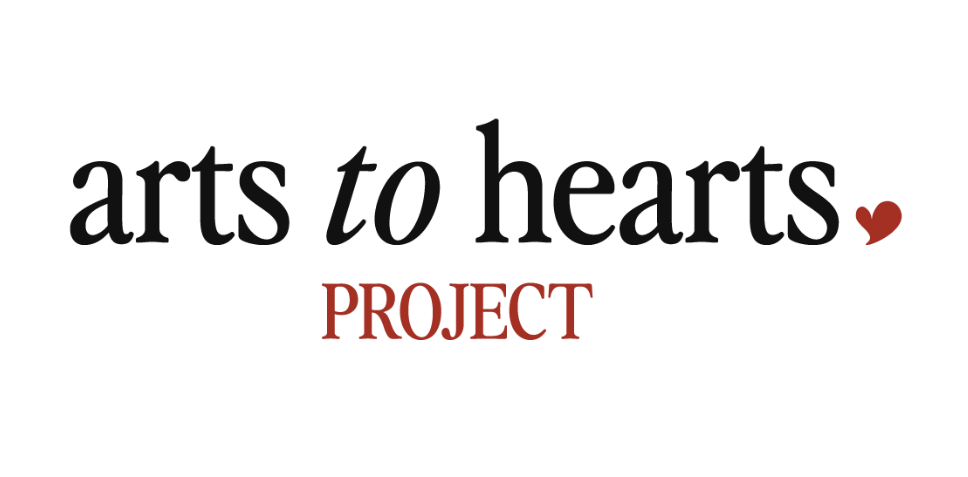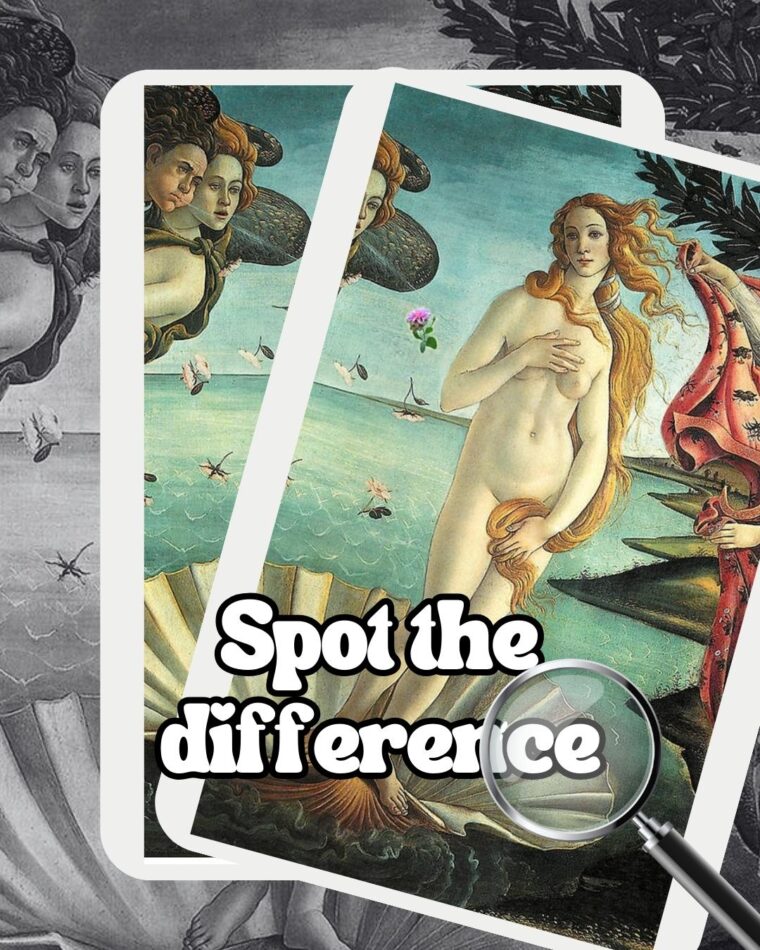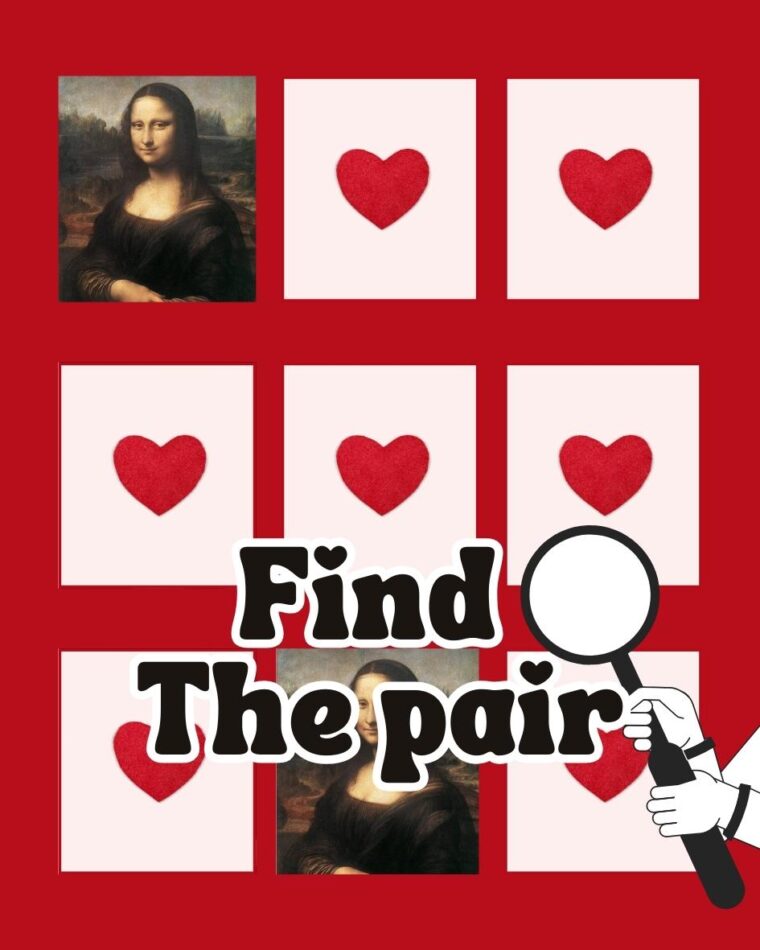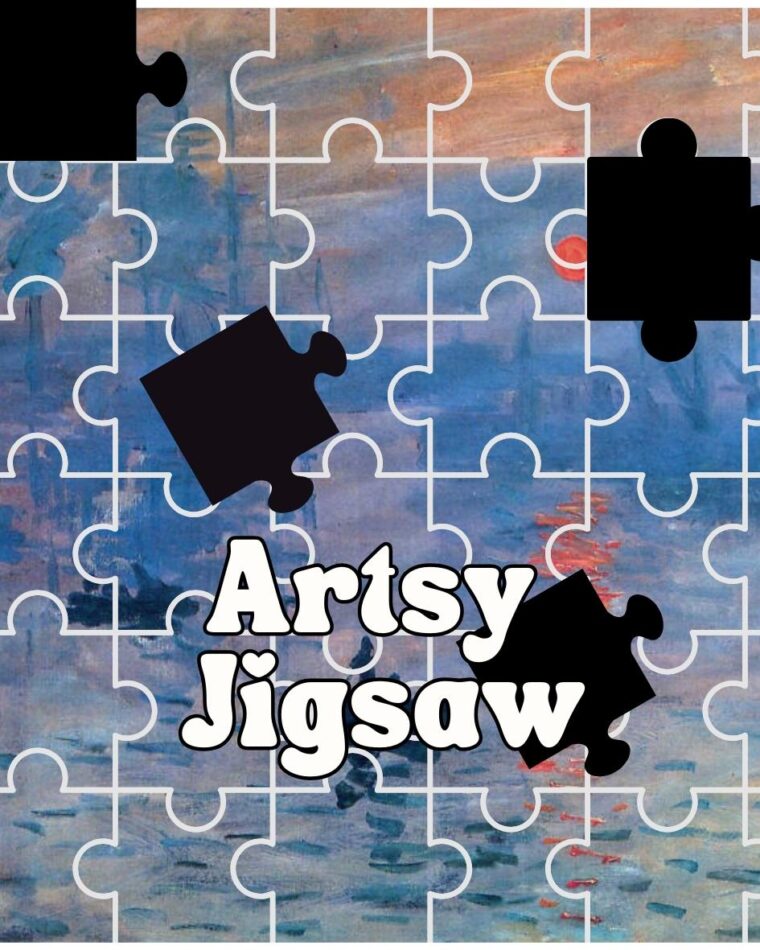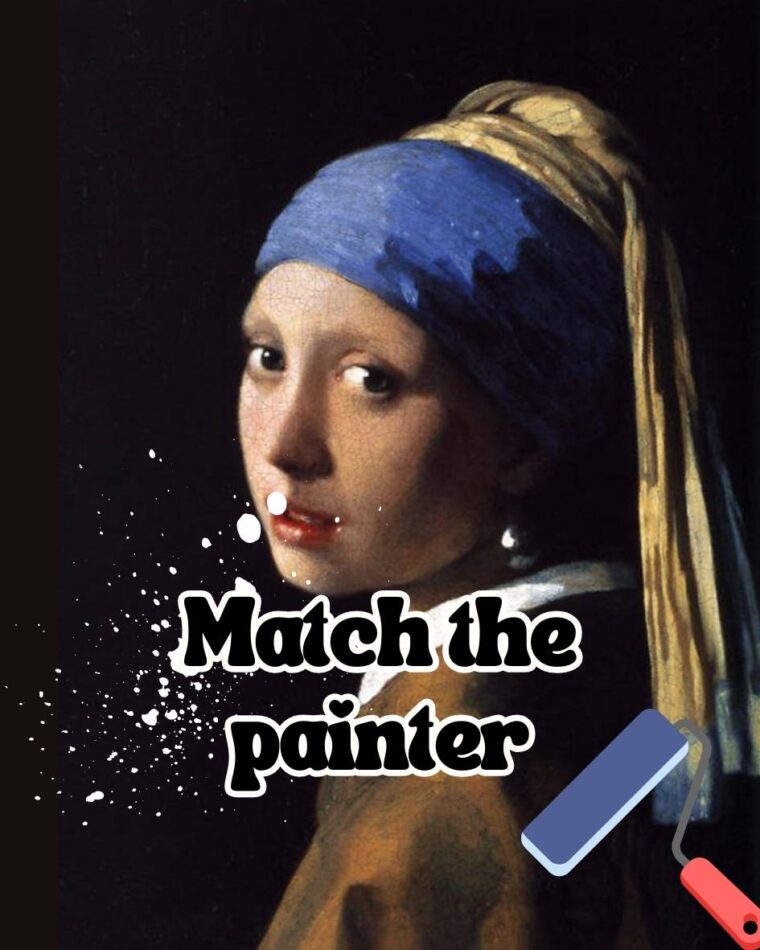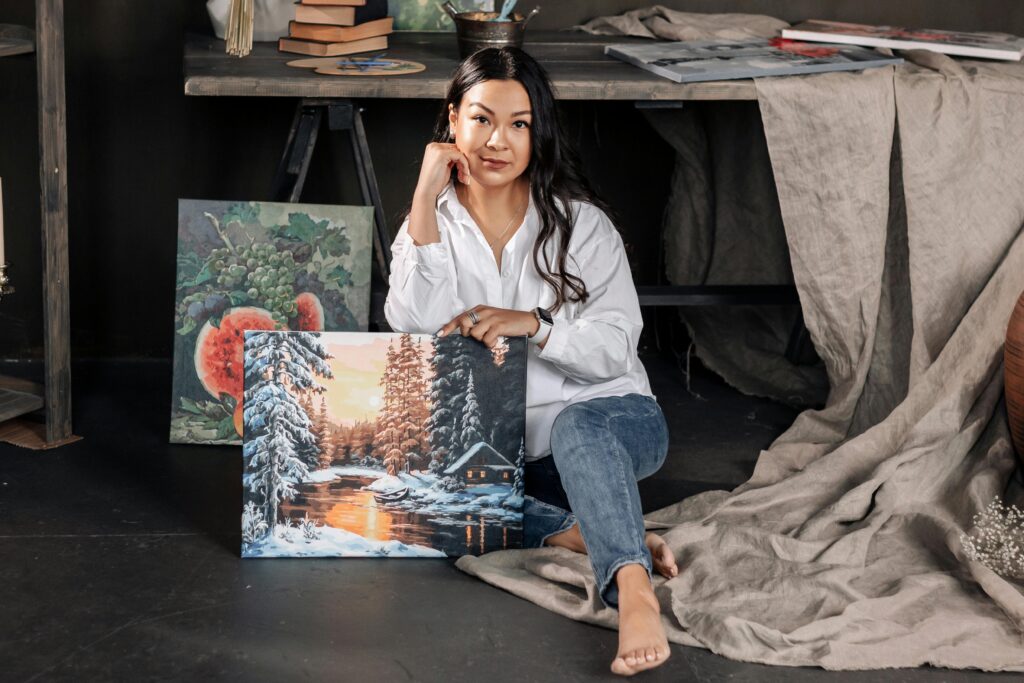
How to Use LinkedIn to Build Professional Art Connections
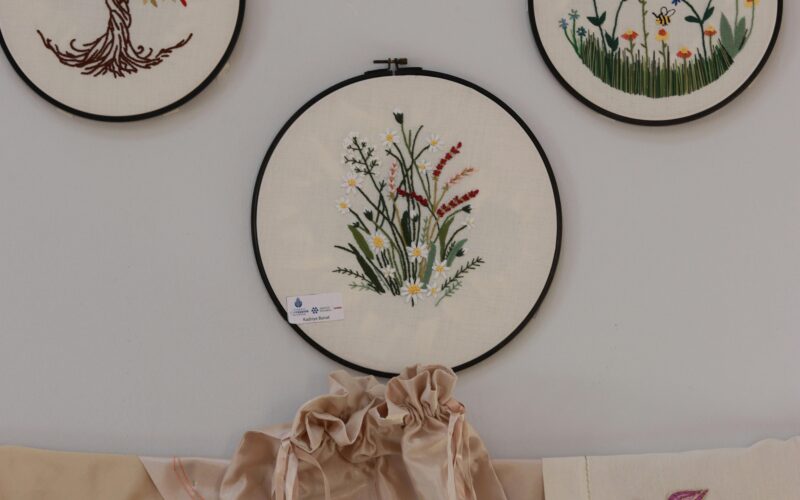

When we think of artists online, most of us imagine Instagram feeds for art connections filled with pretty studio shots, TikToks showing painting process videos, or even Etsy shops. But LinkedIn? That’s for office jobs, right?
Wrong.
If you’re an artist who wants to grow professionally, get into exhibitions, win awards, connect with curators, galleries, editors, or even land paid projects. LinkedIn is one of the most powerful tools you can use.
Yes, even if it looks “corporate.”
Yes, even if you feel awkward on it.
Yes, even if your work doesn’t fit the usual business world.
Because guess what? The art world is full of professionals, people who manage galleries, fund programs, publish magazines, and organize open calls. And guess where many of them hang out online? LinkedIn.

In this article, I’ll walk you through how to use LinkedIn as an artist to build real, meaningful professional connections. Not fake networking. Not weird cold messages. Just honest strategies that work.
We’ll talk about:
- Setting up your artist profile the right way
- Connecting with curators, galleries, and art platforms
- Sharing your work without being salesy
- Using open calls to get visibility
- And more tips to grow your art career, on your terms
Let’s get started.
Step 1: Set UpYour LinkedIn Profile For Art Connections
If you haven’t touched your LinkedIn profile in a while, don’t worry. It doesn’t need to be perfect or super polished. It just needs to be clear and honest.
Here’s what to focus on:
Your Profile Photo
Use a clear, friendly picture of yourself. You don’t need a professional headshot, just something that looks like you. No blurry art photos or cropped group shots for good art connections.
Your Headline
This is the little line under your name. Make it simple but descriptive.
Example:
“Multidisciplinary Artist | Visual Storyteller | Exploring Identity Through Color & Texture”
This helps people instantly know what you’re about and build art connections.
Your About Section
This is your chance to tell your story in your own words. Don’t make it sound like a resume. Just speak honestly. Here’s a simple format:
- Who you are
- What kind of art you make
- Why you make it
- Any cool things you’ve done (exhibitions, features, residencies)
- What you’re looking for (collaborations, opportunities, etc.)
Keep it short. Keep it you and get strong art connections.
Step 2: Connect with the Right People
This is where LinkedIn shines. Unlike Instagram for art connections, where people follow you for content, LinkedIn is about building relationships.

Start by connecting with:
- Other artists (even those you admire, especially those you admire!)
- Curators, gallery directors, and art writers
- People who run art platforms (like Arts to Hearts Project)
- People you meet through open calls or shows
- Art coaches, mentors, or educators you follow online
How to Send a Connection Request That Gets Accepted:
Don’t just hit “Connect.” Always add a short note.
Example:
“Hi [Name], I’ve been following your work and I admire what you do with [Project/Gallery]. I’m an artist working with [medium/theme], and I’d love to stay connected.”
That’s it. No pressure. No sales pitch for art connections.
Step 3: Share Your Work Without Feeling Cringe
One of the biggest fears artists have on LinkedIn is “How do I share my work without sounding pushy?”
Here’s the secret: Tell stories, not just show art.
Instead of just posting an image with “New work!” tell people the story behind the piece.
Example:
“I created this piece while thinking about how memory shapes identity. I’ve been experimenting with fabric and thread to express emotion without using faces. Would love to hear your thoughts.”
That kind of post connects. It invites conversation. It shows your process and passion.
And when you’re applying to open calls, share that too.
Example:
“I just submitted my work for the International Artist Award by Arts to Hearts Project. I’ve admired their platform for a long time, they do amazing work uplifting women artists globally. Fingers crossed!”
This helps people see you’re active and serious about your art career and for making art connections. You never know who’s watching.
Step 4: Use LinkedIn to Find and Support Open Calls
There are SO many open calls out there. But most people only hear about them through Instagram or email. LinkedIn is a goldmine for finding high-quality calls.
Follow platforms are good for making art connections like:
- Arts to Hearts Project
- Art Mums United
- Create! Magazine
- The Curator’s Salon
- Colossal (for larger scale exposure)
When you see a call that fits you, don’t just apply, engage to get good art connections.
- Like or comment on their post
- Share it with your own audience
- Tag other artist friends who might be interested
This kind of support builds your network, and helps you stay top-of-mind for future opportunities.
Step 5: Start Conversations
Here’s where LinkedIn becomes truly powerful.
Most people just scroll or “like.” But the real magic is in comments and messages.
Start small:
- Leave thoughtful comments on other artists’ work
- Congratulate someone when they get featured
- Ask a question if someone shares an idea or process you like
And when you see someone you’d love to collaborate with or learn from?
Send them a message.
Not a pitch. Not a sales message.
Just something real.
Example:
“Hi [Name], I saw your recent post about curating the upcoming [Show Name]. I love your approach to theme-based exhibitions. I’m working on a similar series and just wanted to say your post inspired me.”
This opens a door. Maybe they reply, maybe they don’t. But it plants a seed. And in art, just like in life, seeds matter.
Step 6: Keep Showing Up

Consistency beats perfection.
You don’t have to post every day. Even once a week or twice a month is enough. Just keep showing up:
- Share behind-the-scenes of your process
- Talk about your inspirations
- Reflect on shows or art books you’ve read
- Celebrate other artists you admire
- Talk about your wins and your rejections
That last one, yes, rejection. Talk about it.
“Hey, I didn’t get into the call I applied for, but I’m still proud of the work I submitted.”
That’s honest. That’s human. That’s powerful.
LinkedIn Is About People, Not Platforms
At the end of the day, LinkedIn isn’t just a place to “get ahead.” It’s a place to build a real, supportive art community that grows with you.
By showing up with honesty, sharing your journey, and connecting with others, you turn a cold digital space into a warm professional circle.
And when you do that? That’s when opportunities come. That’s when doors open. That’s when you get noticed for things.
So yes, LinkedIn might feel weird at first. But give it a real try.
Because you don’t just need more followers. You need connections that care.
And LinkedIn is a great place to start.

